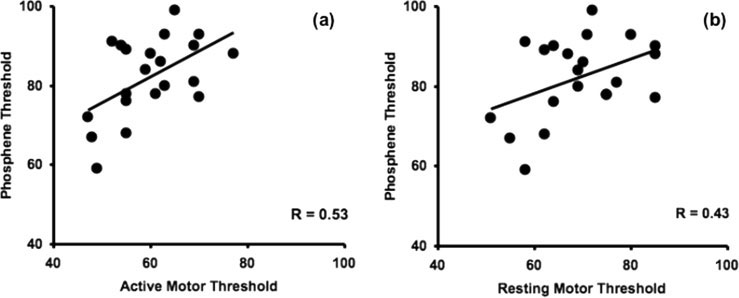Microsoft word - point baclofene bd v6_1.doc
P o i n t d ’ i n f o r m a t i o n Utilisation du baclofène dans le traitement de l’alcoolo-dépendance : actualisation De nouvelles données relatives à l’utilisation et à la sécurité d’emploi du baclofène (Lioresal et générique) dans le traitement de l’alcoolo-dépendance conduisent l’Agence française de sécurité sanitaire des produits de santé (Afssaps)

 r Human Brain Mapping 29:662–670 (2008) r
r Human Brain Mapping 29:662–670 (2008) r r Deblieck et al. r
r Deblieck et al. r